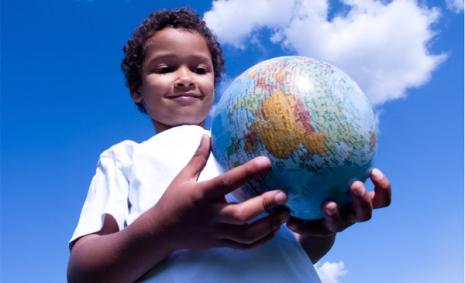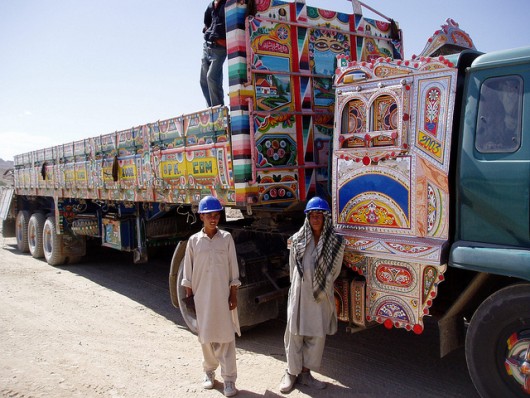 Peru has been one of the fastest-growing economies over the last decade but poverty in the Peruvian Sierra remains high. Poverty rates are far above the national averages and especially peak in rural areas.
Peru has been one of the fastest-growing economies over the last decade but poverty in the Peruvian Sierra remains high. Poverty rates are far above the national averages and especially peak in rural areas.
In 2010, the largest share of household income in the Sierra came from agriculture. There exists strong evidence that agriculture growth is more effective in reducing poverty than growth in other sectors. The Sierra Irrigation Project for Peru was implemented in order to bolster agricultural production and productivity in targeted areas of the Sierra with the ultimate goal of improving the financial capacity of impoverished farmers. The project is multifaceted, focusing on:
- Modernization and rehabilitation of collective irrigation
- Irrigation technology improvement
- Capacity building and support to production and marketing
- Formalization of water rights and the national water rights administrative registry
- Project implementation support
Since being established in 2010, the Sierra Irrigation Project for Peru has made significant contributions to the growing agricultural sector. The project successfully increased irrigation water flow and frequency and irrigation efficiency. Irrigation efficiency in the Peruvian Sierra in 2010 averaged about 22 percent, however, by 2016 that number was increased to 72 percent thanks largely to the Sierra Irrigation Project for Peru.
Modernization and rehabilitation efforts for collective irrigation systems expanded the reach of 87 water user organizations that improved their irrigation service delivery to 18,758 farmers. Those 18,758 farmers then irrigated 14,770 hectares of land. These numbers turn into a significant increase in water tariffs collections, improving financial capacity in the Peruvian Sierra; 80 percent of farmers paid water tariffs in 2016, compared to just 50 percent in 2011. Improved irrigation also allows farmers to increase the value and quality of their productions. A significant number of farmers who increased their irrigation capacity also began to farm high-value crops.
The Sierra Irrigation Project for Peru was successful with each of its goals and targeted beneficiaries. The priority was to most significantly benefit farmers by improving their access to markets and their capacity to produce high-value crops. The project was also able to benefit water user organizations at regional and local levels. The Ministry of Agriculture and Irrigation intends to develop a follow-up operation to scale up the results of the Sierra Irrigation Project for Peru.
– Jamie Enright
Photo: Flickr

 A former member of the Soviet-bloc, modern-day Tajikistan, unfortunately, answers to the calling card of poorest country in Eurasia. In 2012, the U.N. Population Fund found that
A former member of the Soviet-bloc, modern-day Tajikistan, unfortunately, answers to the calling card of poorest country in Eurasia. In 2012, the U.N. Population Fund found that  Located on the Korean peninsula,
Located on the Korean peninsula, 





